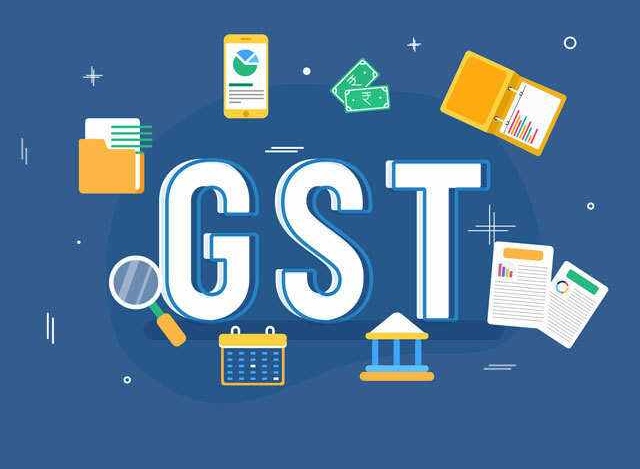The Goods and Services Tax was introduced on March 29, 2017 as an indirect tax on the supply of goods and services. This unified taxation system came into effect on July 1, 2017, to bring uniformity in India’s taxation and replaced several indirect taxes prevent in the country. To understand what is GST, you need to delve deeper to learn why this tax is levied and the changes it brought along with it.
The previous taxation system in India
Before Goods and Services Tax, both the Centre and the State laid out their taxation laws, calculated and charged them on a good or service depending on the multiple stages of taxation. Every level of the economic eco-system – be it commodities or services were subjected to variable taxes based on the stage, nature and their destination. For instance, the value added tax (VAT) was imposed and collected individually by each state of India on the purchase of products and services.
This multiple tax consumption system leads to two issues –
-
Percentage of taxes charged and collected varied from one state to the other
-
Tax one paid was levied of the goods and services’ cost after subtracting the previously taxed commodities and services’ value.
These garnered vast confusion and led to double taxation quite often. This is why GST was introduced and required entities to avail a GSTIN.
Why was the Goods and Services Tax implemented?
GST was adopted to improve tax collection at each nodal point and integrate the nation under a uniform tax rate. By removing this list of indirect taxes levied by the Centre and the State, it would significantly boost the Indian economy. It removed the cascading effect of the previous taxation system and brought in more transparency.
The objective is to simplify the system for taxpayers – for both suppliers and consumers alike. Implementation of GST identification number on commodities and services uncomplicated taxation procedure and made it more consistent.
Importance of implementing GST
The numerous advantages of introducing the Goods and Services Tax are:
-
GST consolidated multiple variable taxes under one umbrella
-
It abolished the prevalent cascading tax effect
-
GST reformed the nation’s taxation and represented India as a collective national market
-
It also helped in making Indian goods and services more competitive in the local as well as global market
Additionally, the Goods and Services Tax also removed an exhaustive list of direct taxes from the present taxation system.
This new tax regime makes it mandatory for businesses to register and avail a GST identification number. A GSTIN is also required in availing advances like Business Loans from reputed lenders like Bajaj Finserv.
Here is the information you need to know to apply for a business loan India. However, you need to check your business loan eligibility criteria and documents required to apply for the same.
How to register?
To benefit from GST, you are required to register for it. Here is how you can register for GST online with few easy steps –
-
Log on to official GST portal
-
Click on ‘Services’ from the menu and select ‘Registration’
-
Select ‘New Registration’ to initiate the GST registration process
-
Now choose your status – taxpayer or a GST practitioner
-
Once the online form appears, fill up with all the necessary details such as name of business, district, state, Email ID, PAN, mobile number, etc.
-
Submit the details and complete the verification process; enter the OTP and ‘Proceed’
-
Once the verification is complete, you will get a temporary reference number and proceed to the next part of the registration process
-
Enter the temporary GSTIN and begin the final stage of registration
-
Here you will be redirected to multiple tabs. Click on the tabs to input the required details and select ‘Save and Continue’ to proceed
-
Now you will be required to submit a few necessary documents and then add your digital signature on the complete application.
-
Once done, click on ‘Submit’
Once the application is submitted correctly, an acknowledgement will be sent to the registered mobile number and email ID in the form of a reference number. This is all that you need to know about what is GST, its importance and register for it.




